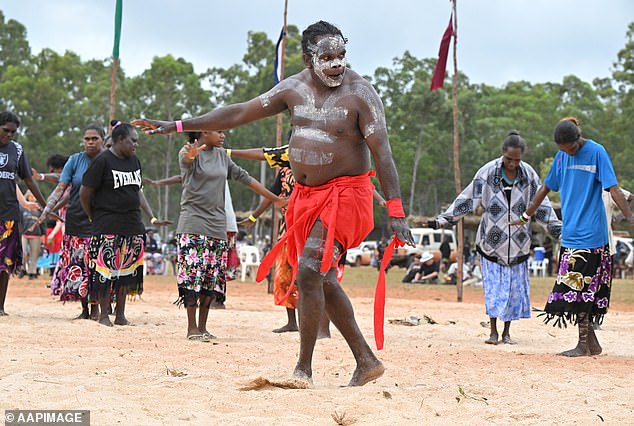If you don’t know, ask us: Uluru Statement from the Heart Architects advocate for Aussies who don’t know enough about the Voice to Parliament
If you don’t know, ask us: Uluru Statement from the Heart Architects advocate for Aussies who don’t know enough about the Voice to Parliament
Architects of the Uluru Statement from the Heart are holding a series of public discussions to help voters in the lead-up to the First Nations Voice referendum.
Alyawarre woman Pat Anderson and Cobble Cobble woman Megan Davis will visit a series of cities to talk about the history of the Uluru Declaration and the origins of the voting proposal, starting on Monday in Melbourne.
“There is a lot at stake here and so we need to approach this with some joy, but also with consideration and understanding so that we all know what it is about and what we are doing,” Ms Anderson told AAP.
“We hope to cut through the noise and get people asking for what they need so we can blow away the cobwebs and do it with a good heart.”
The Uluru Statement from the Heart grew out of a series of regional dialogues between Aboriginal and Torres Strait Islanders across the country, culminating in a national constitutional convention in Uluru in 2017.
Pat Anderson, pictured center, and Megan Davis, pictured right, have started a series of conversations to provide information to people who don’t know enough about the voice of Parliament.
Ms. Anderson organized the dialogues.
‘No’ supporters gathered in Adelaide on Monday evening, where hundreds of people listened to Senators Jacinta Nampijinpa Price and Warren Mundine discuss the reasons for not supporting the vote.
Mr Mundine, a leading ‘no’ advocate whose position is at odds with fellow campaigners because he believes in treaties, told Sky News on Monday that Australia is an amazing country where migrants and First Nations people have built incredible institutions.
“Because it is so important, my focus is on defeating this lie of a referendum and crushing it,” he said.
‘The ’67 referendum was about… being treated equally.
“Basically, after that referendum, all racist laws and discriminatory laws in Australia disappeared.”
Section 51 (xxvi) of the Constitution – known as ‘the racing power’ – grants the Commonwealth of Australia the power to make special laws for people of any race.
In 2007, the federal government suspended the Racial Discrimination Act so it could pass legislation specifically targeting Aboriginal people in the Northern Territory.
Ms Anderson said more than 40 ‘yes’ marches over the weekend demonstrated what the Uluru Statement from the Heart is about: an invitation from First Nations people to the Australian people to walk with them for a better shared future.
“Ordinary Aussies showed their solidarity with us, which is what people said at the regional dialogues,” she said.
‘That’s why the Uluru Statement from the Heart was given to the Australian people – because, as participants said at the regional dialogues, ‘They helped us in ’67, so we’ll ask them, and they’ll help us again’ .’

Two yes advocates want to ‘cut through the noise around the vote’ and explain its origins
The conversations, hosted by Uluru Statement signatory Kirstie Parker, reinforce the Uluru Dialogue’s commitment to ensuring all Australians have all the facts so they can make an informed decision on referendum day.
“There is so much misinformation and disinformation – so much noise – that people are really confused,” Ms Anderson said.
“With that confusion comes fear.
“So what we’re hoping to do is talk reason, walk them through a lot of things, tell them some stories, what people said to us at the regional dialogues, why this is important.”
